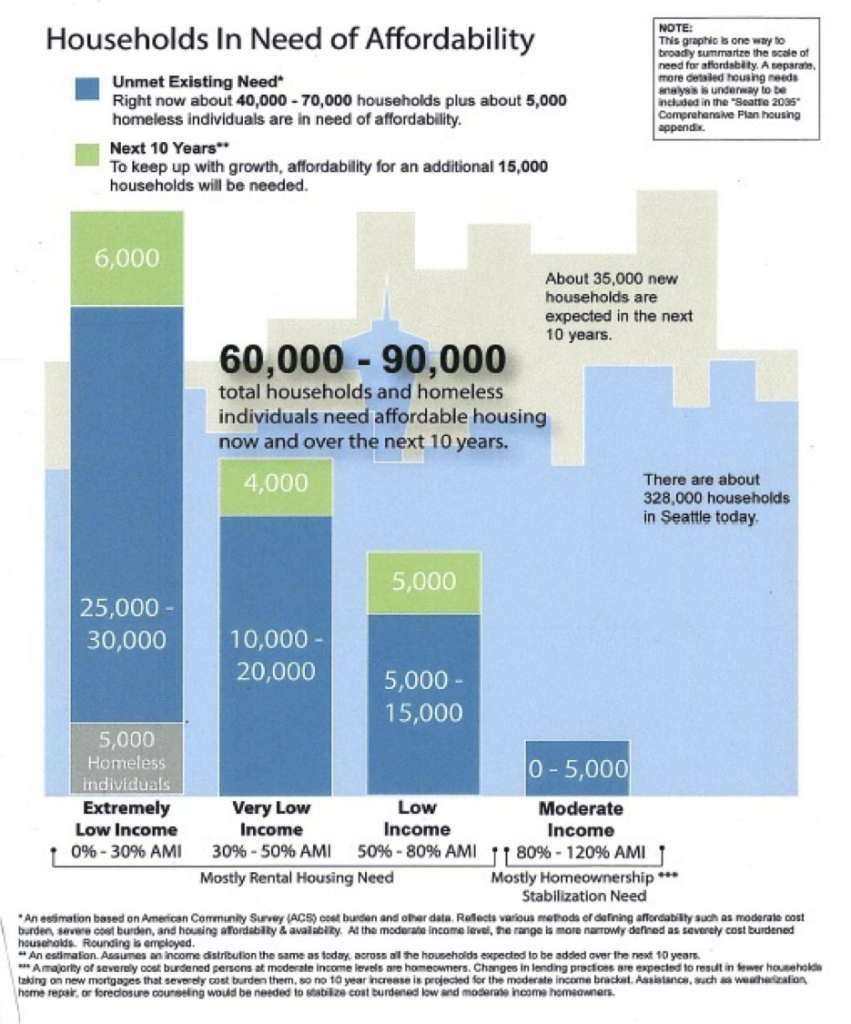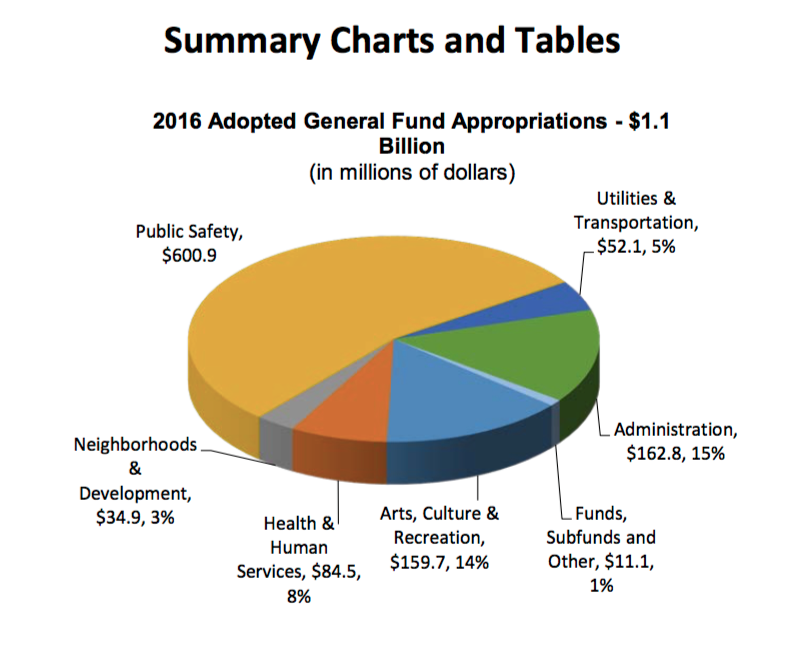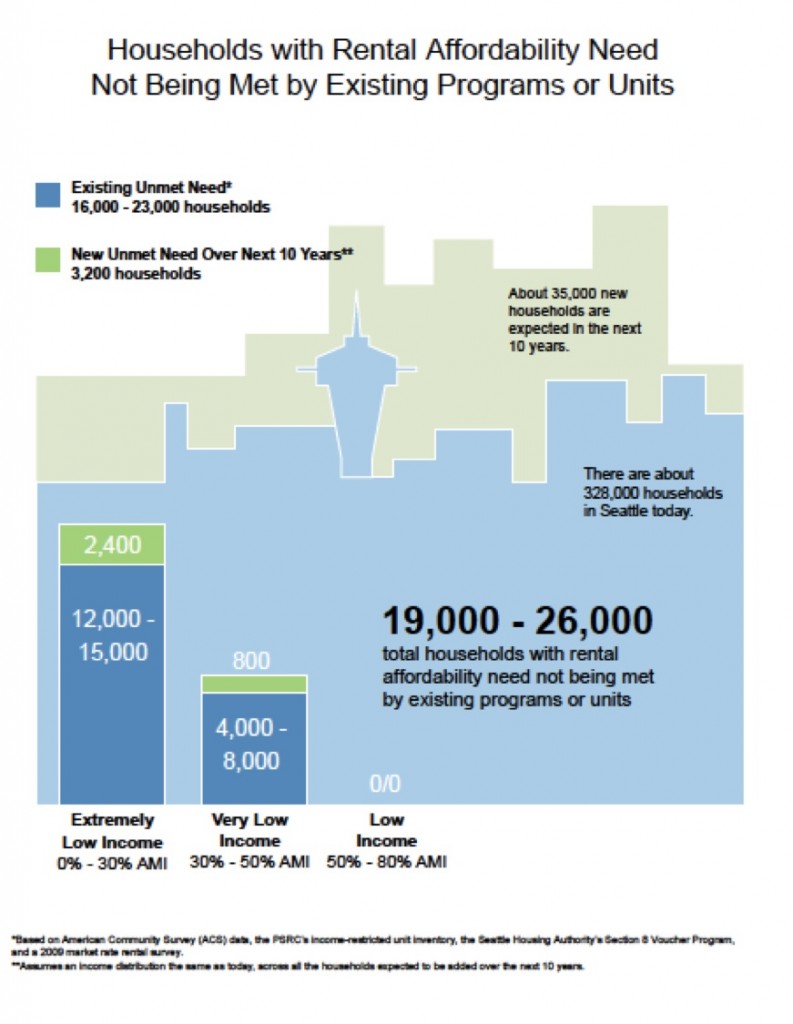Freedom and The Knowledge of People “On the Spot.”
This weekend, the Fourth of July, we celebrate the promulgation of a document in 1776, the Declaration of Indipendence, that seemed to explain not just the grievances of some angry farmers clinging to the eastern edge of an unexplored but already inhabited continent, but a clarion statement of human freedom. But a far more useful document for today’s discussion of housing is Friedrich Hayek’s essay, The Uses of Knowledge in Society, published in 1945. The essay is a brilliant, succinct, yet subtle articulation of how the use of knowledge either leads to freedom for people or takes that freedom away. Hayek’s argument is that a society is more efficient and free when the experience and knowledge of the individual takes precedent over that of planners and bureaucrats.
I’m going to use one paragraph of the essay that I think best catches up the importance of local knowledge.
This is, perhaps, also the point where I should briefly mention the fact that the sort of knowledge with which I have been concerned is knowledge of the kind which by its nature cannot enter into statistics and therefore cannot be conveyed to any central authority in statistical form. The statistics which such a central authority would have to use would have to be arrived at precisely by abstracting from minor differences between the things, by lumping together, as resources of one kind, items which differ as regards location, quality, and other particulars, in a way which may be very significant for the specific decision. It follows from this that central planning based on statistical information by its nature cannot take direct account of these circumstances of time and place and that the central planner will have to find some way or other in which the decisions depending on them can be left to the “man on the spot.”
Let’s get directly to an example, the way we measure and address “housing affordability.” The United States Department of Housing and Urban Development (HUD) dictates that, “Families who pay more than 30 percent of their income for housing are considered cost burdened.” This determination, completely arbitrary, is the operating system for housing policy from the Federal level down to the smallest town.
Local jurisdictions are allowed to adjust this by accounting for income levels usually determined by Area Median Income (AMI). So the City of Seattle can start “abstracting from minor differences between the things, by lumping together” aging United States Census data tracking household spending on housing and income levels. The Federal government stirs in a few other arbitrary ingredients into this stew of normative statistics: no household falling below 60 percent of AMI can receive subsidies from the Federal government. Keep in mind that these normative standards don’t relate to any empirical studies nor have they been extensively studied; that is, they are arbitrary statistical lines drawn against measures of human experience and behavior, gross monthly income and monthly housing expense.
A corollary of the affordability measure is that a household that pays less than 30 percent of its monthly income on housing is doing something called “down renting.” By extending the logic of the normative standard, a household that is spending say 25 percent of its gross monthly income on housing is essentially squatting in someone else’s unit. Practically speaking, a perfect housing economy in any set of census tracts would be one in which households sorted themselves neatly into units by a ratio of monthly unit price to gross monthly income.
Now if a student presented this “solution” to a professor in a public policy graduate program it’s quite likely that he’d get a very low grade. If this same gauge was applied to anything else, say food, it would result in similarly useless results. It’s as if the student closed his eyes, squished them together, groaned, and pronounced, “People should spend exactly 30 percent of their gross monthly income on housing.” Opening his eyes he adds, “And public policy will largely concern itself with households that have incomes that earn…..” closing his eyes and putting his index fingers on the temples of his head, “60 percent of Area Median Income.”
Now many people will wave their hands and say, “C’mon, we’ve gotta have some measure; it might as well be this one.” The problem with this, though, is that when it gets rigidly applied to real situations and then mandates emerge from that application. Here’s what that looks like.
So the “lumping together, as resources of one kind, items which differ as regards location, quality, and other particulars” ends up being “very significant for the specific decision.” Based on this lumping together, City bureaucrats determined that need “affordable housing,” that is housing priced at 30 percent of gross monthly income for a household earning 60 percent or less of AMI. That statistical comparison lead to a diagnosis: we need to build 6,000 to 9,000 housing units priced that way over the next ten years.
Someone forgot to remind themselves that, for example, for the period between 2005 and 2012, housing production in Seattle totaled 29,330 units or, 4,190 units per year. That didn’t stop Councilmembers Sally Bagshaw and Tom Rasmussen from writing a letter stating,
To reach 60,000 – 85,000 units, we must increase our supply by over 6,000-8,500 units of affordable housing annually for the next ten years if we are to make room for the people who want to live and work in our community. If we want to extend that period to twenty years, we need 3,000-4000+ units annually to reach our goal. This will require new approaches.
Yeah. New approaches for sure. Like one that would generate as many as 9,000 units per year. One non-profit developer very conservatively estimated the cost, per unit, of subsidized housing at $200,000 per unit, which using my calculator is $1,800,000,000 in construction and development per year for 10 years. That’s a total outlay in capitol expenditures of $18 billion dollars. To give you a sense of that scale, the entire 2016 General Fund budget is $1.1 billion.
So Councilmembers Sally Bagshaw and Tom Rasmussen would have pitched the City into a frenzy of subsidized housing production that not only exceeded the rate of market rate housing production during one of the hottest periods in the market, but would have consumed the entire general fund of the City. It’s hard to find the words to characterize this story so far, so I’ll leave it to the reader to insert your own adjectives here. But it gets better.
As it turns out, the City bureaucrats failed to account for subsidies including vouchers when they came up with chart. Thanks to the work of erstwhile skeptic Dan Bertolet, we developed this refutation of the need numbers the bureaucrats came up with.
Once all the existing subsidy programs are accounted for and microhousing is considered, the numbers aren’t quite as out of scale as the first seemed. And, not surprisingly, people who spend lots of their gross monthly income on housing have very few dollars to spend. As I’ve pointed out, a household with a baby earning $19,000 per year could spend as much as 7 percent of their gross monthly income on diapers. Is that too much, just right, or too little. The bureaucrats have yet to establish a normative standard for what families should spend on diapers.
But, then, as if to reprise a scene from the Wizard of Oz or Austin Powers (“Why make trillions when we can make….billions?”) Mayor Ed Murray burst forth with his big announcement: the City would produce 20,000 units of affordable housing over 10 years. Why 20,000? Hmmm. I have no idea. Nobody does, including the City. When we wrote a letter asking this along with other questions about the so called, “Grand Bargain” we were me with stiff silence. And those 20,000 units were originally touted as inclusionary units; the City has lowered that number significantly to 6,000 inclusionary units and the rest would be built with fees.
Let me add one more example. Chris Persons director of Capitol Hill Housing, a large non-profit developer, recently wrote a newsletter article. He wrote,
Let’s take a look at the math. The cost of building a single unit of apartment housing in Seattle depends on a lot of factors, but $200,000 is a reasonable estimate. At that price, housing the estimated 10,000 homeless people in Seattle would cost $2 billion, well beyond what Bill [Hobson] predicted in 2014. The sad truth is that homelessness has only grown since 2014 and the cost of building has skyrocketed. That’s the price of our inaction.
I cite this because you can see how those motivated by the money offered by the fees collected by MIZ for building “affordable” housing use “lumping together” to feather their own nests. Billions of dollars to pay Persons’ and his colleagues to go onto the same market as for profit developers to buy land, pay prevailing wages, and pay massive transaction and legal costs to produce housing units in the thousands based on arbitrary numbers? Doesn’t sound like a good investment at all.
Finally, our family “on the spot.”
Put yourself in the place of this household that parked askance, illegally, on Capitol Hill. Do you find yourself thinking, “Well, you shouldn’t have parked there?” or maybe “Why didn’t you just pay those tickets?” or “Why don’t you just go to a shelter or seek some help?” I have no idea what led to this couple being in this exact spot. But I do know that problems faced by people like them won’t be solved by billions of dollars in housing subsidies. And impounding their home won’t magically lead to payment of their fines. I know very little about what’s going on here except that if that car is towed and impounded the people who live in it will be on our streets.
Hayek said, “central planning based on statistical information by its nature cannot take direct account of these circumstances of time and place and that the central planner will have to find some way or other in which the decisions depending on them can be left to the ‘man on the spot.’”
Are households like this going to be helped by the Mayor’s schemes to take money from private developers to give to big non-profit developers? Will this household ‘get the message’ and pay their tickets? Is this household free? Do they have autonomy? Or are they dependent on circumstances beyond their control? Is it their own fault? And even if it is, are we prepared to let them suffer the consequences?
Each and every day individuals in our city wake up wherever they are and try to exercise what will they have. Some of us have many, many resources. Others of us don’t. But how free we are to make decisions, move freely, live where we want to live and who we want to live with, and what our home looks like shouldn’t be the function of statistics, and even less abused and misused statistics. I doubt that anyone would say that the household that was living in this car when I took this picture is “free.” When statistics lump everyone into anonymous blobs, real people don’t get the help they need because the policies designed by government don’t see them because they don’t fit the neat statistical categories.
We need to support families and people of all kinds no matter where they are choosing to live. We need to use data responsibly and realize that not everyone fits neatly into a statistical box — in fact, many households are imprisoned in those statistical boxes. We must stop making policies that lend themselves to cutting ribbons and acting as a balm to weak-minded politicians that won’t ask tough questions but appeal to the easy way out demanded by their constituents. It’s time for some good old fashioned compassion and intuition rather than blind reliance on data coming at us from a dashboard that has only the equivalent of a “Check Engine” light. That means people end up with fewer choices and options and thus, less free.
If we believe in freedom and opportunity, then we ought to consider the words of Thomas Jefferson, too, along with Hayek,
We hold these truths to be self-evident, that all men are created equal, that they are endowed by their Creator with certain unalienable Rights, that among these are Life, Liberty and the pursuit of Happiness.–That to secure these rights, Governments are instituted among Men, deriving their just powers from the consent of the governed, –That whenever any Form of Government becomes destructive of these ends, it is the Right of the People to alter or to abolish it, and to institute new Government, laying its foundation on such principles and organizing its powers in such form, as to them shall seem most likely to effect their Safety and Happiness.







